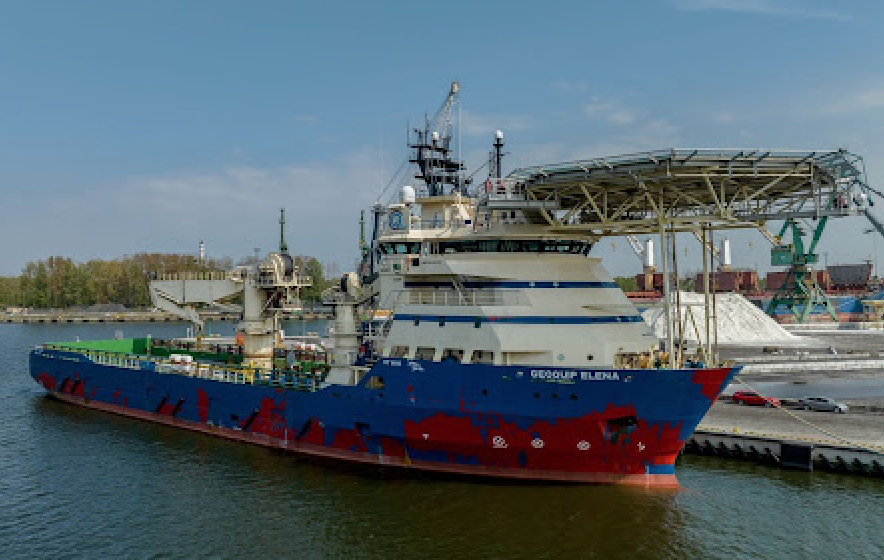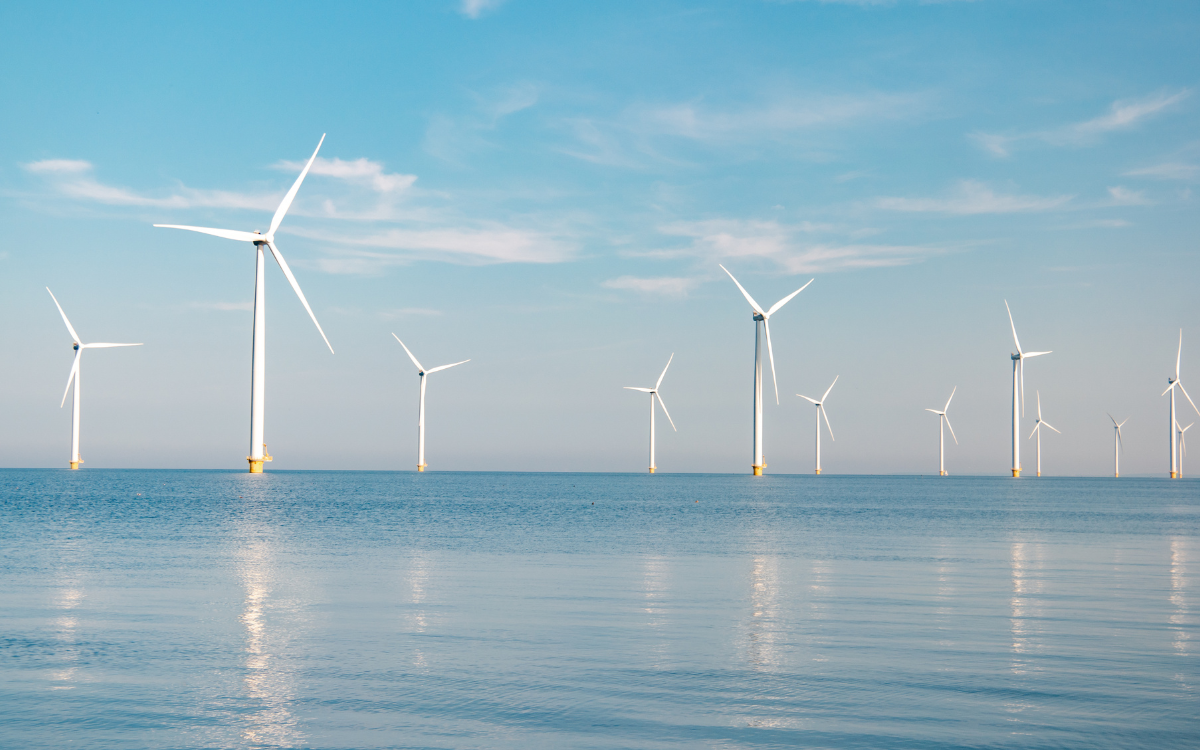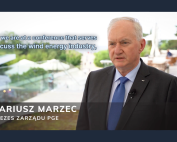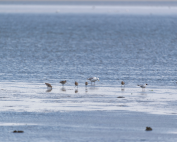PGE Baltica has launched a study to identify the Baltic Sea bottom for one of its offshore wind farm projects, Baltica 1. This task is being performed for the investor by Geoquip Marine.
The main purpose of a geotechnical campaign in an area where an offshore wind power plant will be built in the future is to obtain preliminary information on the geological structure of the area under study. The data will be used, among other things, to select the optimal foundation method for the wind turbines’ towers, and will enable the planning of the next stages of research, including geotechnical studies for the foundations.
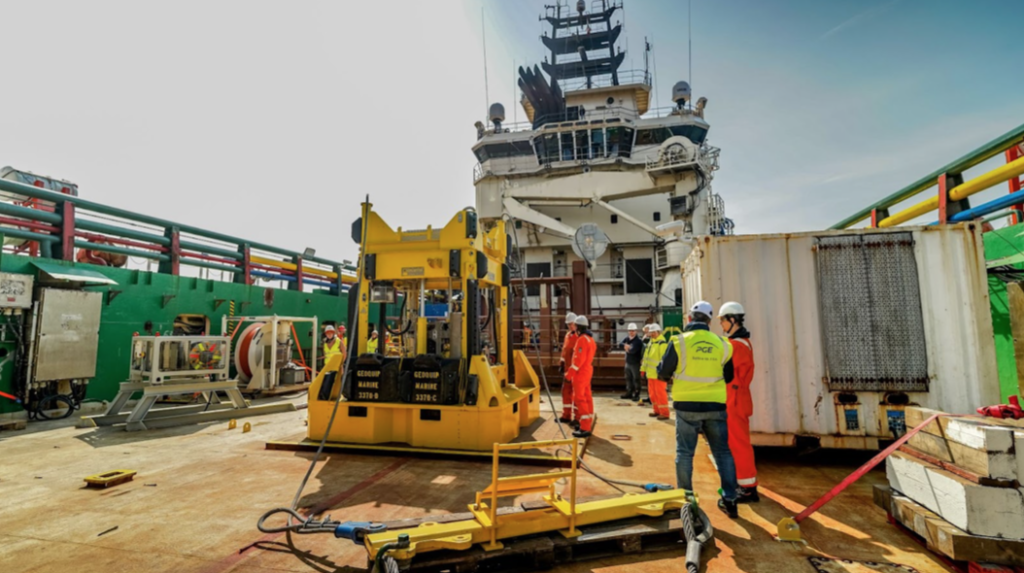
The research contractor will conduct, among other things, CPTU sounding, take soil samples in the area of the future farm and will conduct laboratory tests. CPTU probing is a test, which involves pressing a piezoelectric cone into the ground with a system of sensors that record soil parameters continuously. Readings from the device will be subject to interpretation to determine the geology of the area.
The Baltica 1 offshore wind farm project, with a capacity of approx. 0.9 GW, is one of three projects currently being implemented by the PGE Group in the Baltic Sea, located approx. 80 km from the shoreline, more or less at the height of the town of Leba in Pomeranian Voivodeship. The project already has a location permit and connection agreement. In addition, for almost two years, the wind, sea current and ripple studies for this project have been in motion. Baltica 1 will be launched after 2030.
Source: PGE
